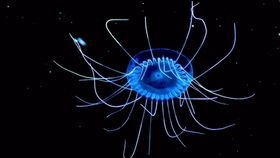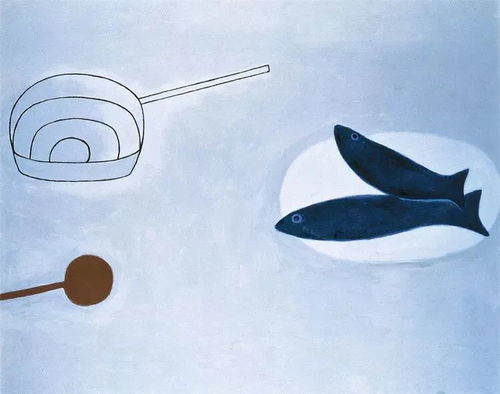Content:
Fishing is an ancient pastime that has been enjoyed by people of all ages and backgrounds. One of the most important tools in a fisherman's arsenal is the fishing rod, and among them, the large fishing rod stands out for its versatility and power. Whether you're targeting big game fish or simply looking to enjoy a peaceful day on the water, mastering the art of using a large fishing rod can significantly enhance your fishing experience. Here are some essential techniques to help you get the most out of your large fishing rod.
Choosing the Right Large Fishing Rod
Before diving into the techniques, it's crucial to select the right large fishing rod for your needs. The size of the rod should match the type of fish you're aiming to catch and the type of fishing you plan to do. Here are some factors to consider:
Rod Length: Longer rods are generally better for casting long distances and for handling larger fish. However, they can be more cumbersome to maneuver in tight spaces. A rod length of 7 to 10 feet is a good starting point for most freshwater fishing.
Action: The action of a rod refers to how it bends under pressure. Fast-action rods bend towards the tip, while slow-action rods bend closer to the handle. Fast-action rods are ideal for casting and fighting big fish, while slow-action rods are better for finesse techniques and lighter lures.
Power: The power of a rod refers to its resistance to bending. Light-power rods are more sensitive and better for delicate presentations, while heavy-power rods are more durable and suitable for heavy-duty applications.
Basic Casting Techniques
Casting is the foundation of fishing with a large rod. Here are some basic casting techniques to help you get started:
Backcast: Hold the rod at a 45-degree angle, then swing it back over your shoulder. As you reach the end of your backcast, stop the rod and let the line fly forward.
Forward Cast: After completing a backcast, let the line fly forward. As it reaches the end of its arc, stop the rod to achieve the desired distance and accuracy.
Tossing Techniques: For longer casts, use a "tossing" technique. Begin with a backcast, then let the line fly forward, and as it reaches the end of its arc, make a slight upward toss to add distance.
Landing Big Fish
Once you've hooked a big fish, the real challenge begins. Here's how to handle it:
Play the Fish: Keep the rod tip low and steady. Don't make sudden movements or jerks, as this can exhaust the fish or break the line.
Land the Fish: Once the fish is close to the boat or shore, slowly bring it in. Use a net if possible to avoid damaging the fish.
Fishing Techniques for Different Types of Fish
Different fish require different techniques. Here are some general guidelines:
Largemouth Bass: Use a fast-action rod with a heavy line for casting heavy lures. Focus on structure and cover where bass like to hide.
Salmon: Salmon are strong and can be unpredictable. Use a heavy-duty rod and line, and be prepared for a long battle.
Catfish: Catfish are bottom feeders, so use a heavy rod and a heavy sinker. Focus on slow, methodical retrieves and presentations.
Maintaining Your Large Fishing Rod

To ensure your large fishing rod performs at its best, regular maintenance is essential:
Clean the Rod: After each use, rinse the rod with fresh water to remove saltwater or debris.
Inspect the Line: Check the line for nicks, kinks, or fraying. Replace it if necessary.
Oil the Guides: Apply a small amount of lubricant to the guides to prevent line friction and wear.
Store Properly: Store the rod in a rod holder or a rod tube to prevent damage.
In conclusion, using a large fishing rod effectively requires a combination of the right equipment, proper casting techniques, and strategic fishing methods. By following these essential techniques, you'll be well on your way to becoming a master angler. Remember, the key to successful fishing is patience, practice, and a deep respect for the water and the fish you seek. Happy fishing!












